Tamarind
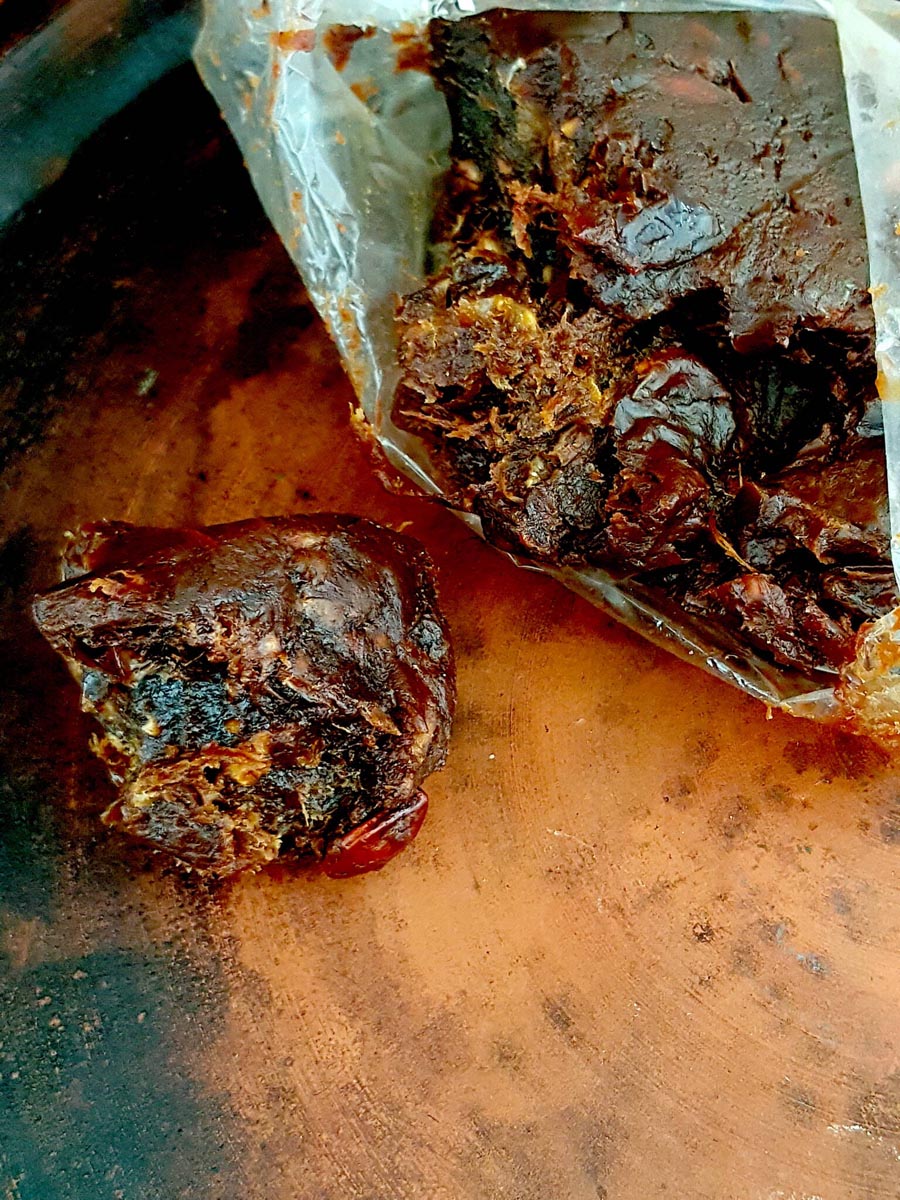
It may look like something scraped off the forest floor, but tamarind is a stunning ingredient to give food a sour zing

It may look like something scraped off the forest floor, but tamarind is a stunning ingredient to give food a sour zing

Learn the secrets to frying fish fillets to golden crunchy-ness.
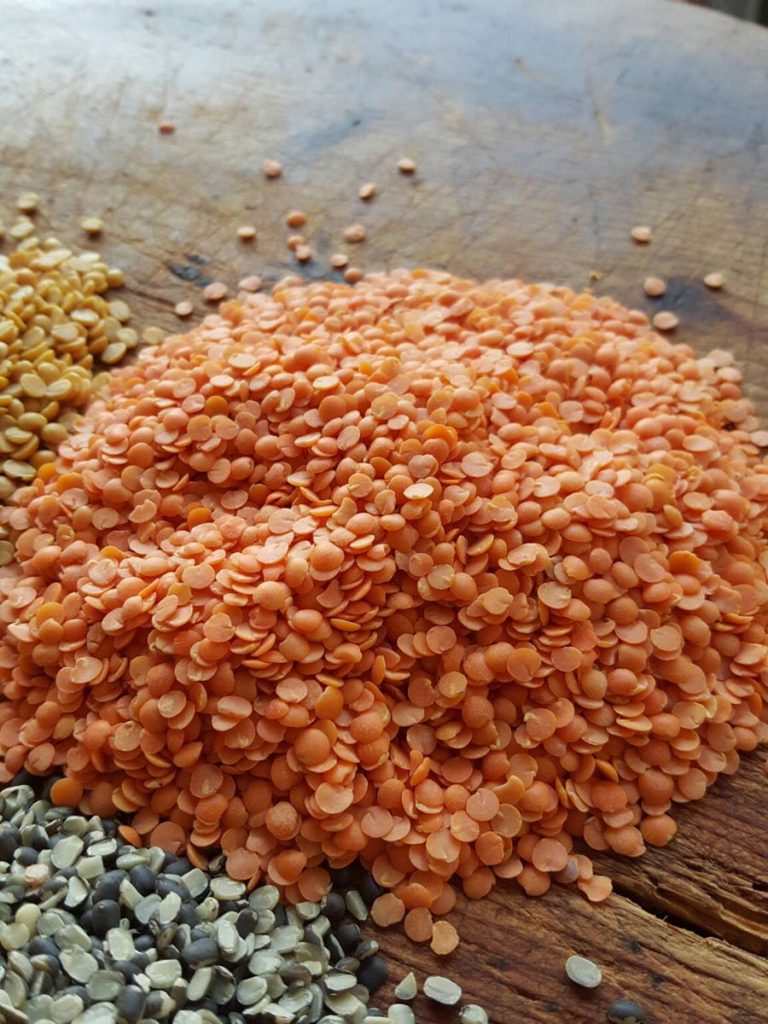
Orange, green, yellow, black, white and brown, pulses come in many colours and shapes.
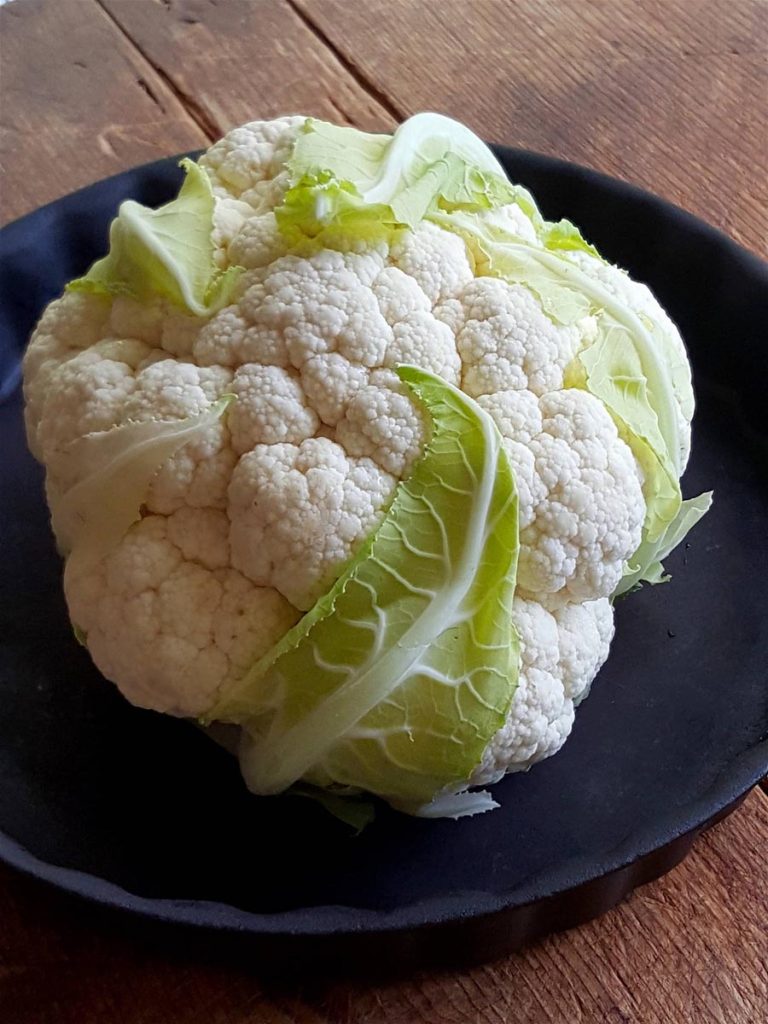
Everything you need to know about cauliflower, and then some …
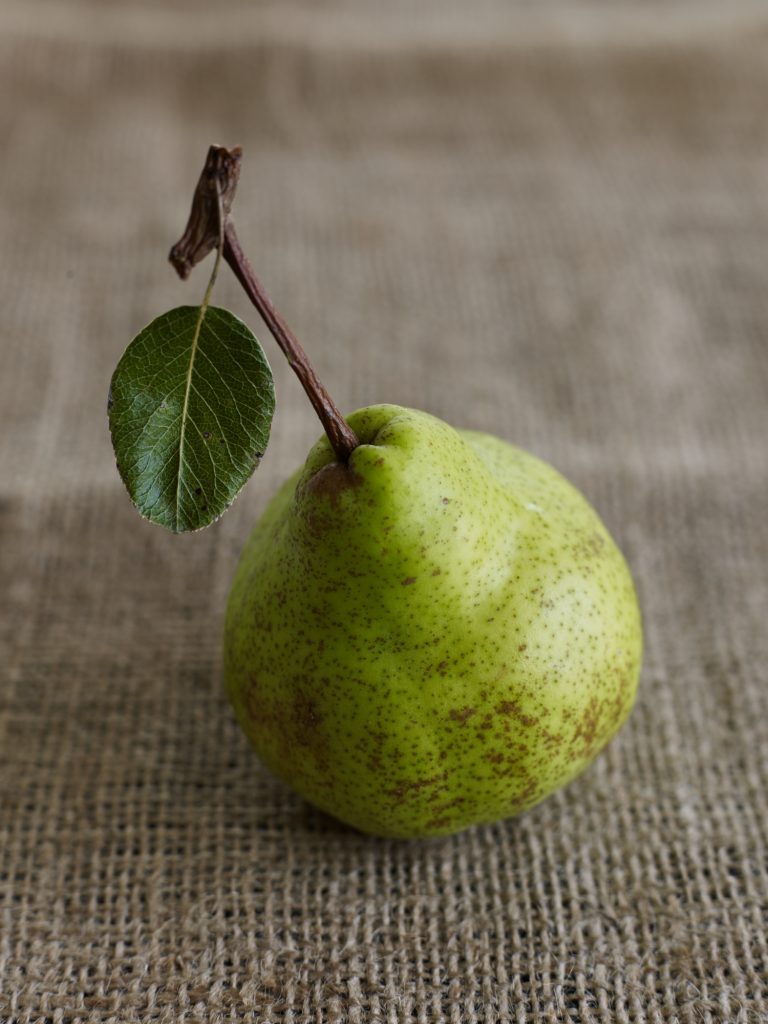
Pears are often overlooked for novel or exotic fruit and I reckon it’s because we’ve lost the art of ripening them and we’re eating them hard.

Why does beer make a great batter?
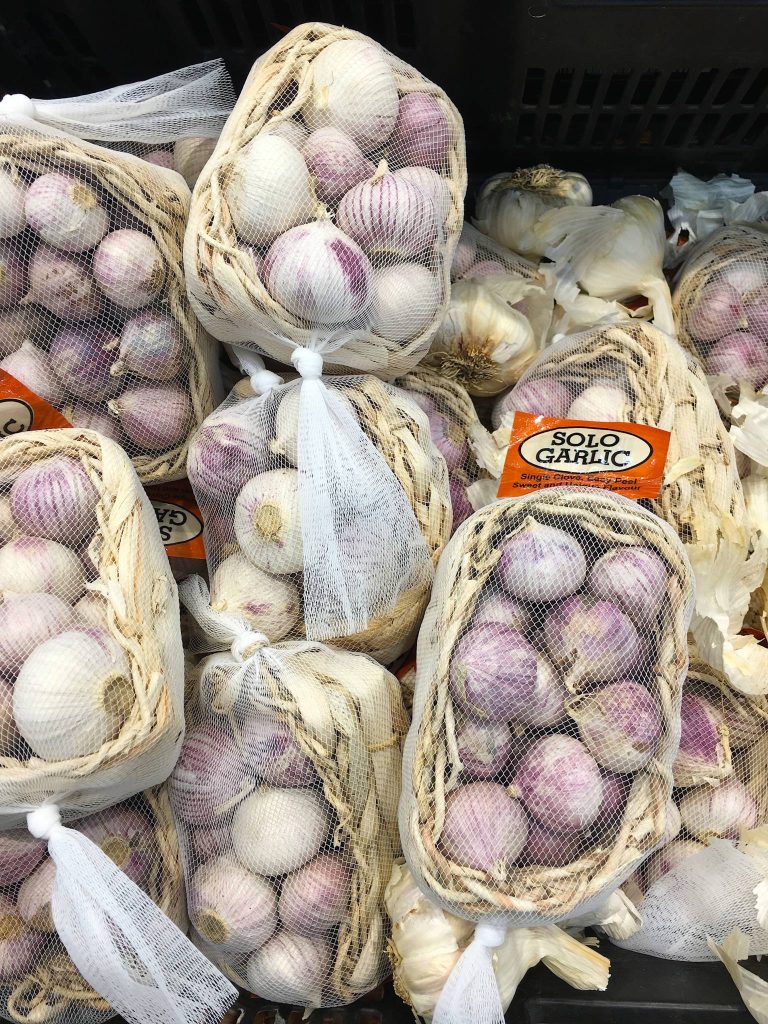
Have you seen these cutsey bundles of garlic in a shop near you? How good are you at reading labels?
No products in the basket.
Welcome to the new Shared Kitchen experience! If you encounter any issues, please let us know. Dismiss